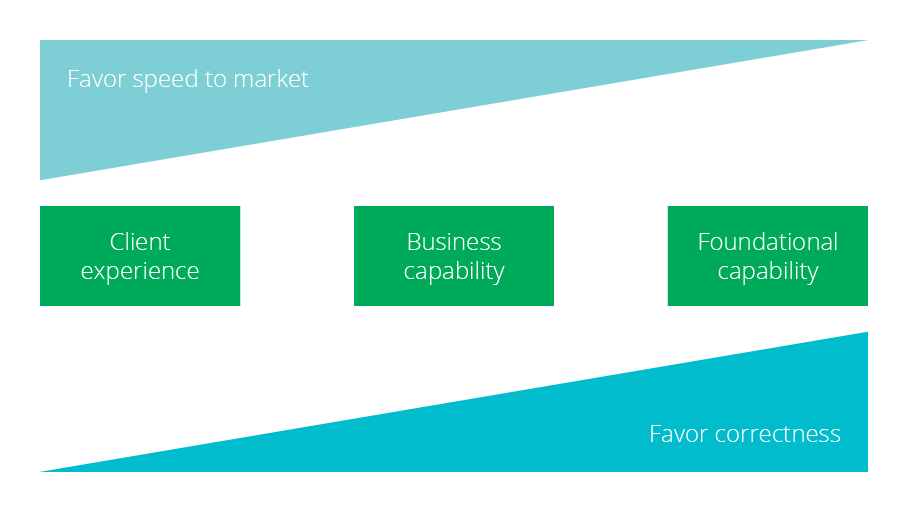Digital transformation
The well-factored approach to securing ROI on your service investment: Part 1


Guiding principles
Anti-patterns
Guiding principles
Anti-patterns
Guiding principles

Disclaimer: The statements and opinions expressed in this article are those of the author(s) and do not necessarily reflect the positions of Thoughtworks.
